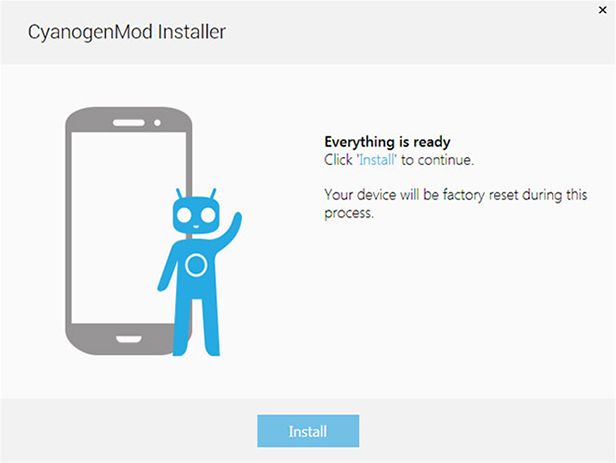If you’re not already an expert in the matter, the whole deal about installing a ROM on your Android device might seem like an impossible task, what with “rooting” the device, unlocking the bootloader, and finding a version that functions correctly on your phone or tablet. CyanogenMod, one of the best-known and most-used ROMs available, has shown a bit of mercy on the less-experienced user and launched its own installer: An Android app and Windows installer that will guide you through the process of installing CyanogenMod’s custom ROM.
Okay, we need to point a couple things out here. First, this first version is only compatible with a few different smartphone models, but that number will increase with new updates. For now, the models include: Nexus S; Galaxy Nexus; Nexus 7, 4, and 10; Samsung Galaxy S II, S III, and S4; Galaxy Note II; and HTC One. The second and more obvious thing is that the app is completely free.
The steps to be followed are simple:
- Download and install the desktop application CyanogenMod Installer, at the moment only available for Windows Vista, 7, and 8.
- Download and install the CyanogenMod Installer app on your Android device.
- Run the Android app and follow the instructions that will appear on the screen, which involve connecting your phone to your PC using a USB cable.

The advantages of rooting your telephone and installing a custom ROM are manifold. One of the most widely appreciated of these is the fact that in the case of CyanogenMod, it offers support for more modern versions of Android on devices where the manufacturer has stopped releasing updates to the operating system. This means that soon, for example, you’ll be able to install Android 4.4 Kit Kat on a Galaxy Nexus, when otherwise that model would never receive an official version of the software.






